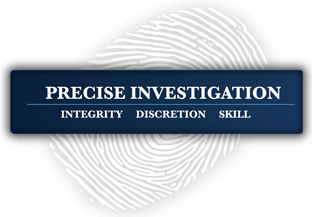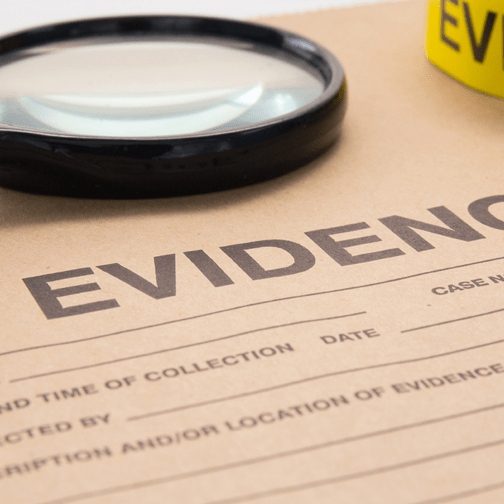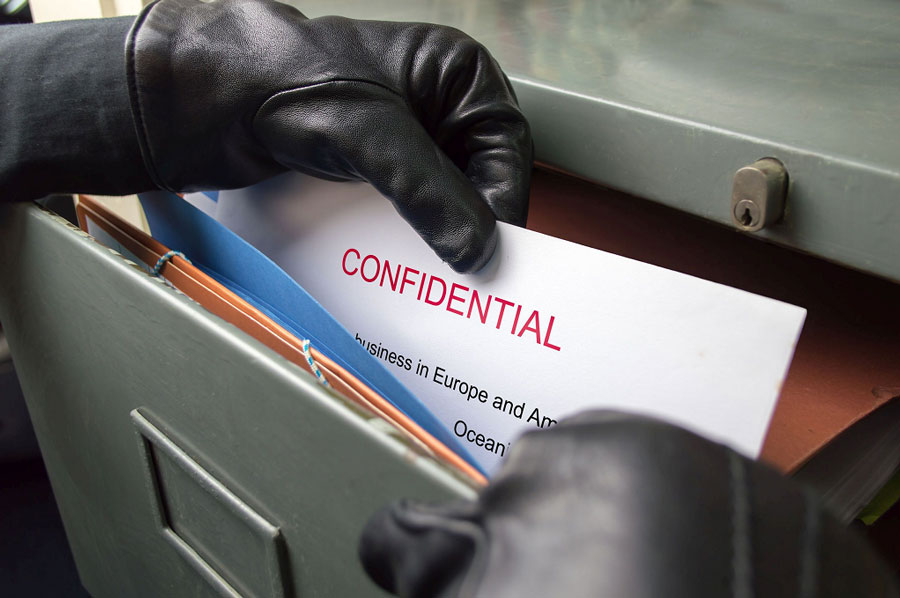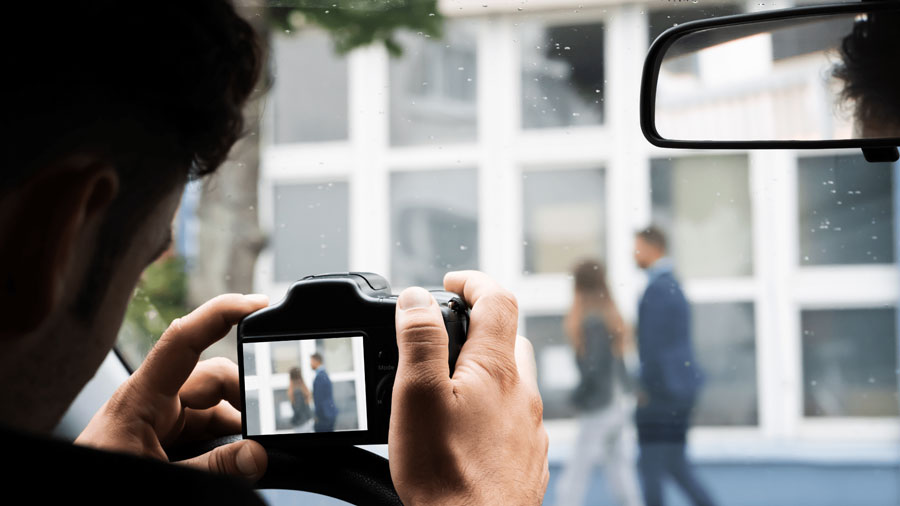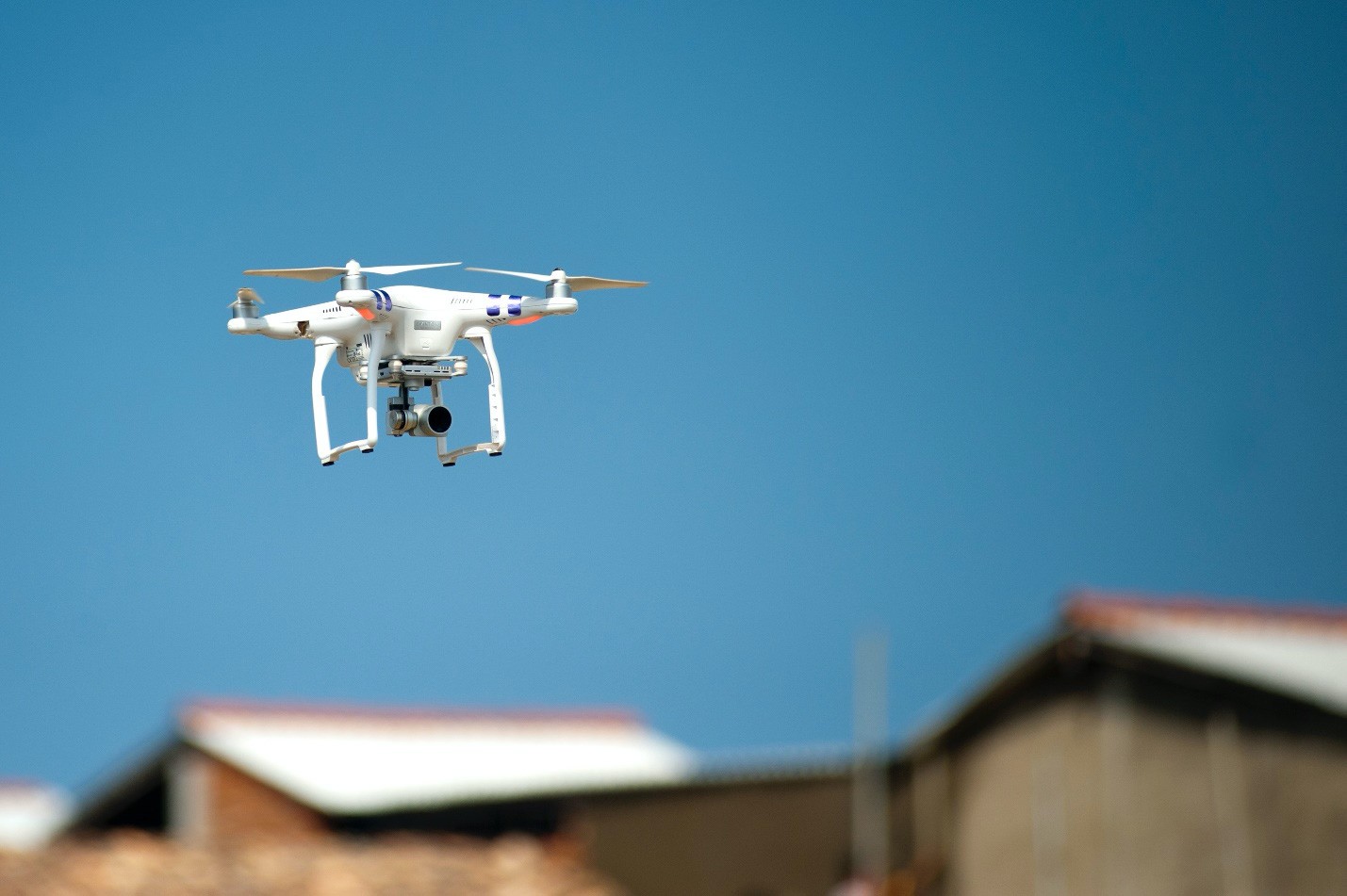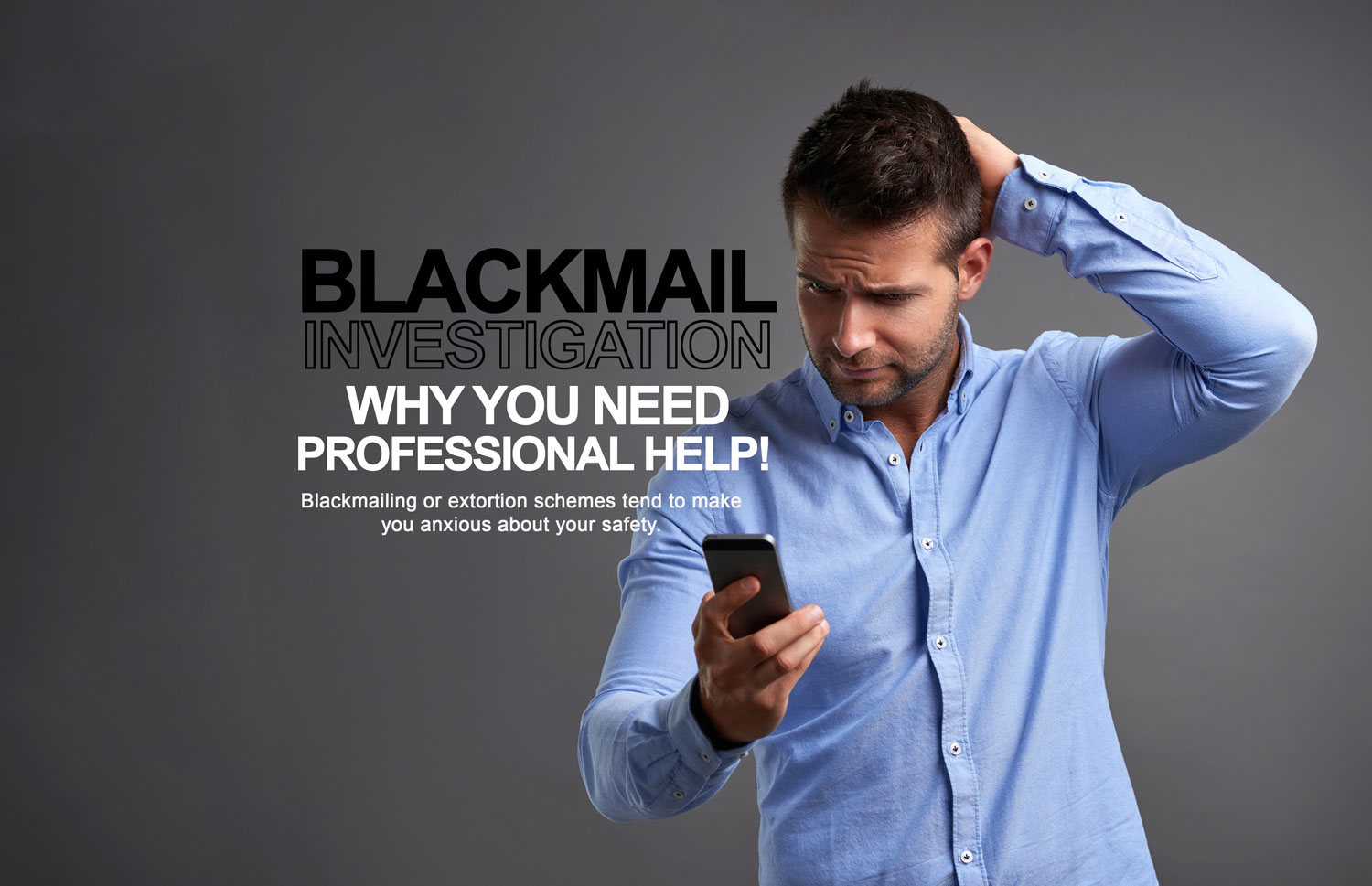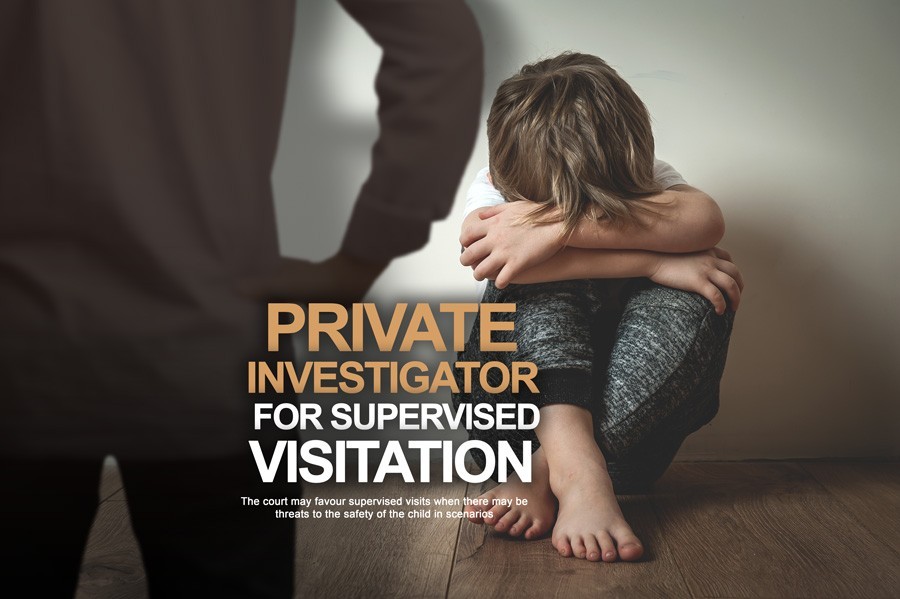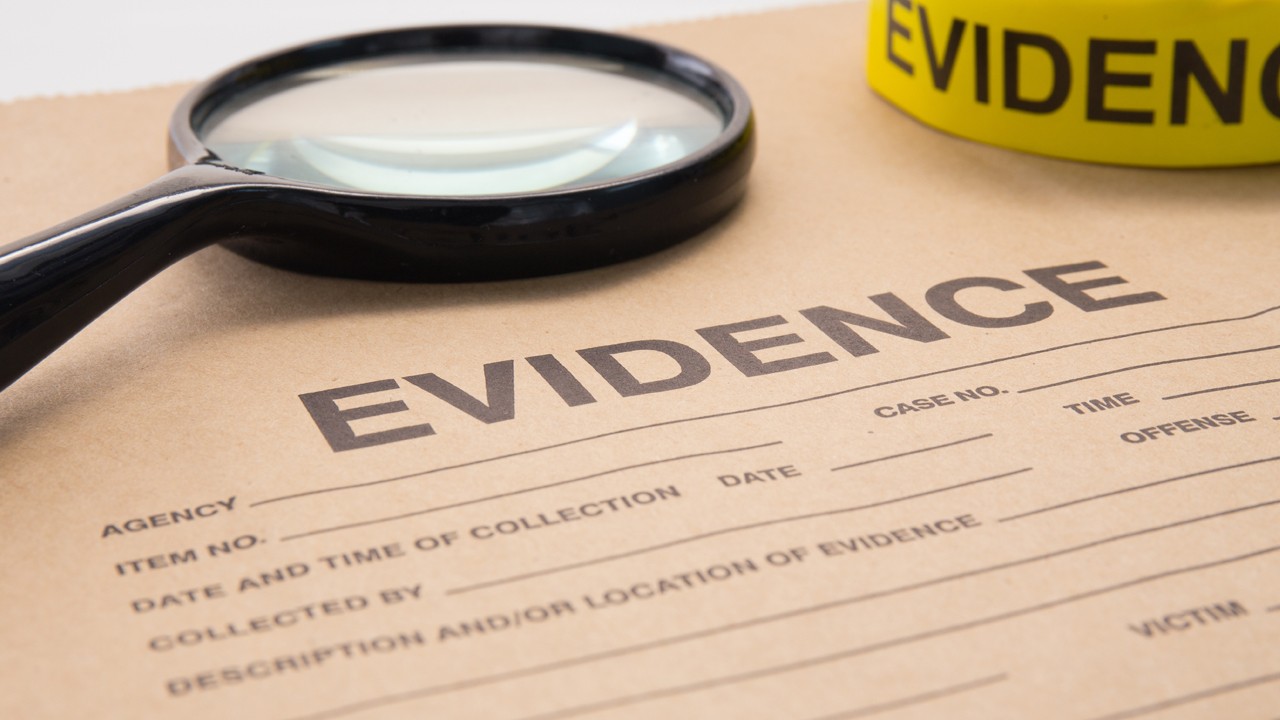
What is the process of creating, storing and maintaining evidence?
The simple definition of evidence is something that furnishes proof and it is essential for any court case whether it is a criminal, civil or family court matter. There are four different kinds of evidence that can be collected including:
- Real evidence: These are physical materials that can be presented in the courtroom. The jury will be able to physically touch and hold these items which can include things like weapons, a vehicle, a computer, clothing and much more.
- Demonstrative evidence: These are items that are a representation or reproduction of an item including photos, videos, x-rays, recordings, maps, drawings, forensic animations, simulations, models etc.
- Documentary evidence: These are literally documents that can be presented in court as evidence including written testimony, written evidence from experts, letters, charts, medical reports and any form of correspondence.
- Testimonial evidence: Statements made under oath in a courtroom by witnesses, experts, the defendant etc.
How do I legally collect evidence?
You can’t just pick up a camera, smartphone, video camera or other recording device and start filming or recording people without understanding the legislation in Australia. This also differs across the states and territories with their different privacy acts and laws.
There are also various Federal Government laws including the Archives Act 1983, Freedom of Information Act 1982, Privacy Act 1988 and Crimes Act 1914 which need to be adhered to so that you are compliant while collecting evidence.
If the evidence has been collected in compliance with all legislation, then it needs to meet five different standards to be able to be used in court cases. This evidence must be:
- Admissible: This is the first step and where many items of evidence can be thrown out before they’re even presented before a jury. If there has been any error at all, no matter how slight, then the evidence will not be admissible.
- Authentic: It has to be relevant to the case at hand.
- Complete: For example, you cannot crop a photo or video to frame a scenario out of context. The whole body of evidence must be presented.
- Reliable: This means it must not only come from a reliable source, but also a reliable device where there is no question of images / videos being altered or changed in software like Photoshop.
- Believable: You have to be able to explain clearly how the evidence was collected, stored and ultimately presented from the source to the courtroom.
Collecting evidence is better left to the professionals
Because of the raft of legislation that needs to be followed and the strict rules surrounding what evidence is admissible in a court of law, it is not advisable that you try and collect and store evidence yourself.
Precise Investigation is Australia’s leading private investigation service that can help you collect evidence for your court case in full compliance with the law so that it can be used to strengthen your case. Speak to our experts about how we can assist you.
Click here to see more information.
